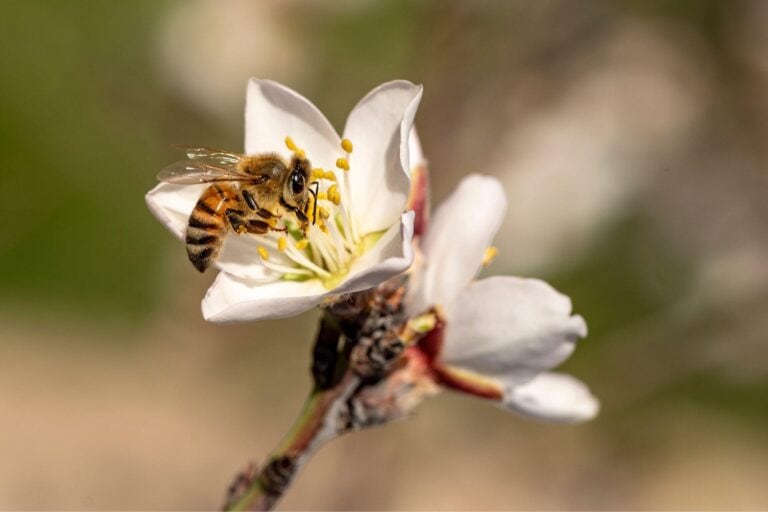Langstroth: The Father of Beekeeping
Langstroth: The Father of Beekeeping I love to read about the people who have committed their lives to changing the practice of beekeeping; it inspires…
Langstroth: The Father of Beekeeping
I love to read about the people who have committed their lives to changing the practice of beekeeping; it inspires me to always seek out new ways and means. One of my favorites is, of course, Lorenzo Lorraine Langstroth. Born in 1810 in Pennsylvania, Langstroth was an American apiarist, clergyman and teacher; such a legend in the bee-world, he is often hailed as the ‘father of beekeeping’. Why is this you ask? He contributed some vital ideas to apiary, of which “bee space” and his hive design are probably the most important.
Bee space is the correct spacing between and around frames in beehives. Despite the existence of useful information on bee space from previous European apiarists such as Jan Dzierzon (Poland) and August von Berlepsch (Germany), Langstroth’s developments furthered this. In 1852 he patented his “bee space” recommendations, adopting 9.5mm between the side bars of a frame and hive wall, and reserving rights to use the 13mm between top-bars and the inner cover. If a small space was left (less than 6.4 mm) the bees filled it with propolis, but when a larger space was left (more 9.5 mm) the bees filled it with honeycomb. In 1920, the Langstroth hive was manufactured. Despite other previous and alternate versions – notably Francois Huber’s leafe or book hive or 1789, and August von Berlepsch’s frame-movable side-opened hive of 1852 – Langstroth’s hive opened from the top. Its unique and efficient model led to the Langstroth hive design being the chosen and preferred hive for beekeepers all over the world.
This model of hive has continued popularity. Despite having different dimensions, the modern Langstroth hive retains the main features of the original. It allows space for the bees and easy access for the beekeeper, which makes management of the beehive easier and a better quality of life for the insects. The original model had a portico entrance, integrated floor and non-removable brood box, a single removable honey box that sat inside an outer box that extended from the brood box, and a hinged roof. This has continued to be the basis for more contemporary version of the hive, including the one I recommend to my clients.
Interestingly, Langstroth published a book about the design in 1878 called A Practical Treatise on the Hive and Honeybee; due to its usefulness and praise, it was re-issued in 2004 as Langstroth’s Hive and the Honey-Bee: The Classic Beekeeper’s Manual. In this book, Langstroth described the proper dimensions and use of the modern beehive as we know it today. This shows the ongoing interest and appreciation of this model of hive, with many natural beekeepers, such as myself, still preferring the workings of the Langstroth hive. Despite it being an almost 100-year-old design, it is considered an invaluable contribution to apiary and contemporary beekeeping.
In his later days, Langstroth moved from Pennsylvania to Ohio, where he devoted the rest of his life to beekeeping. His property was ten acres in size, and was the perfect place to keep bees. Here, he planted a rows of linden and apple trees, sowed buckwheat and clover, and planted a formal garden full of incredible flowers: needless to say, his bees loved it there and it was aptly named “the honey garden”. He died in 1895, his epitaph reminding the world of his deep contribution to the improvement of hives for the honey bee.

